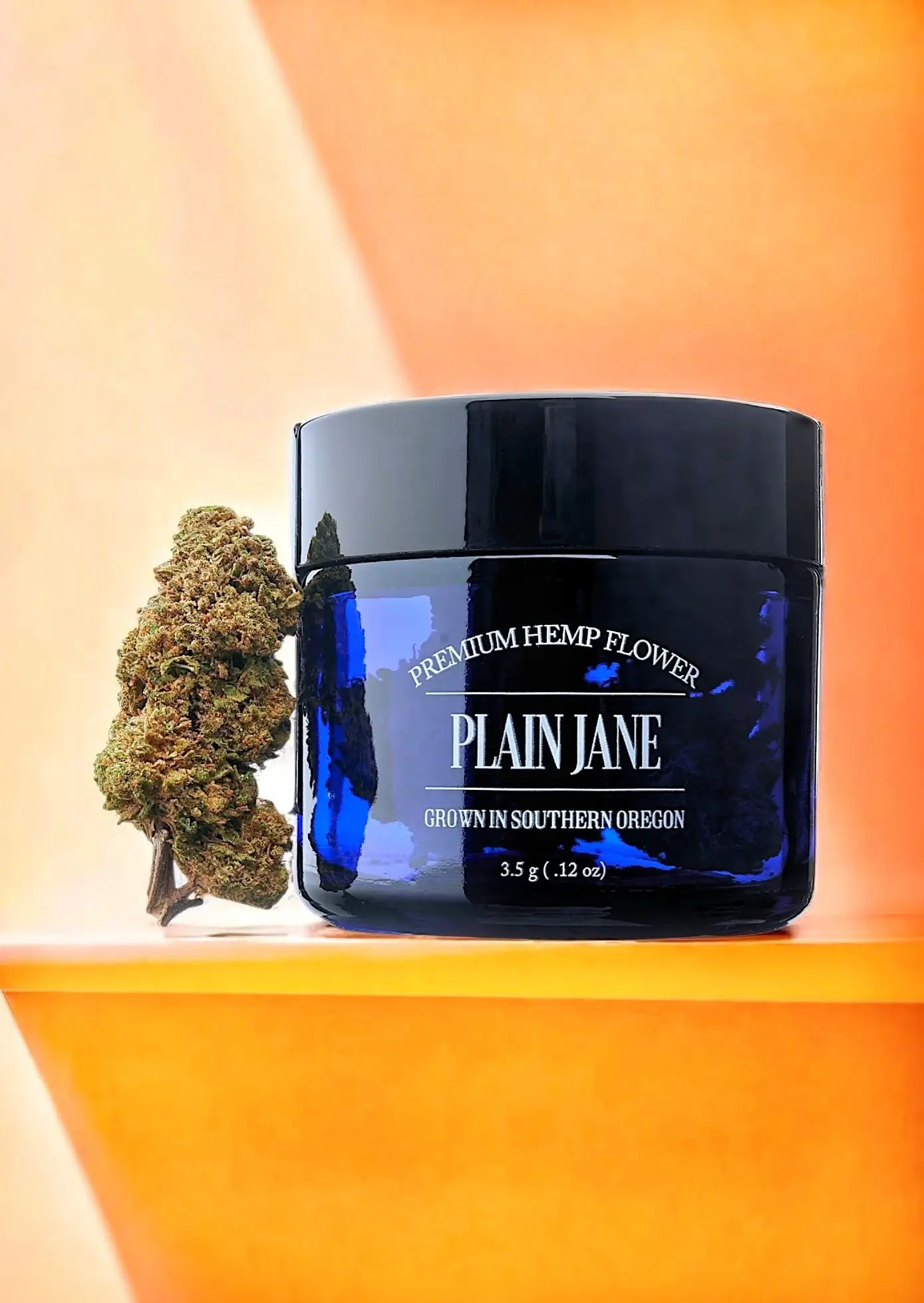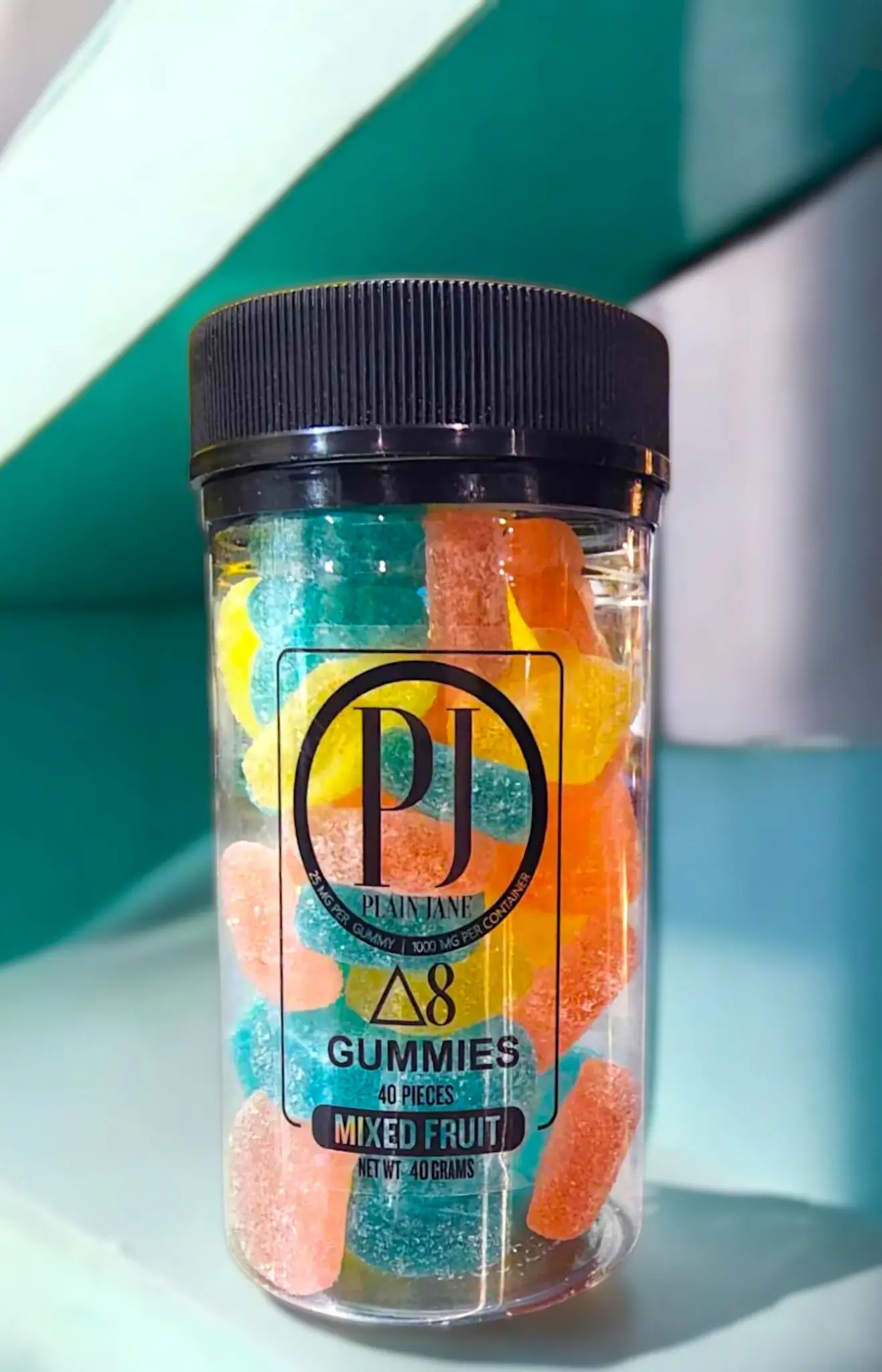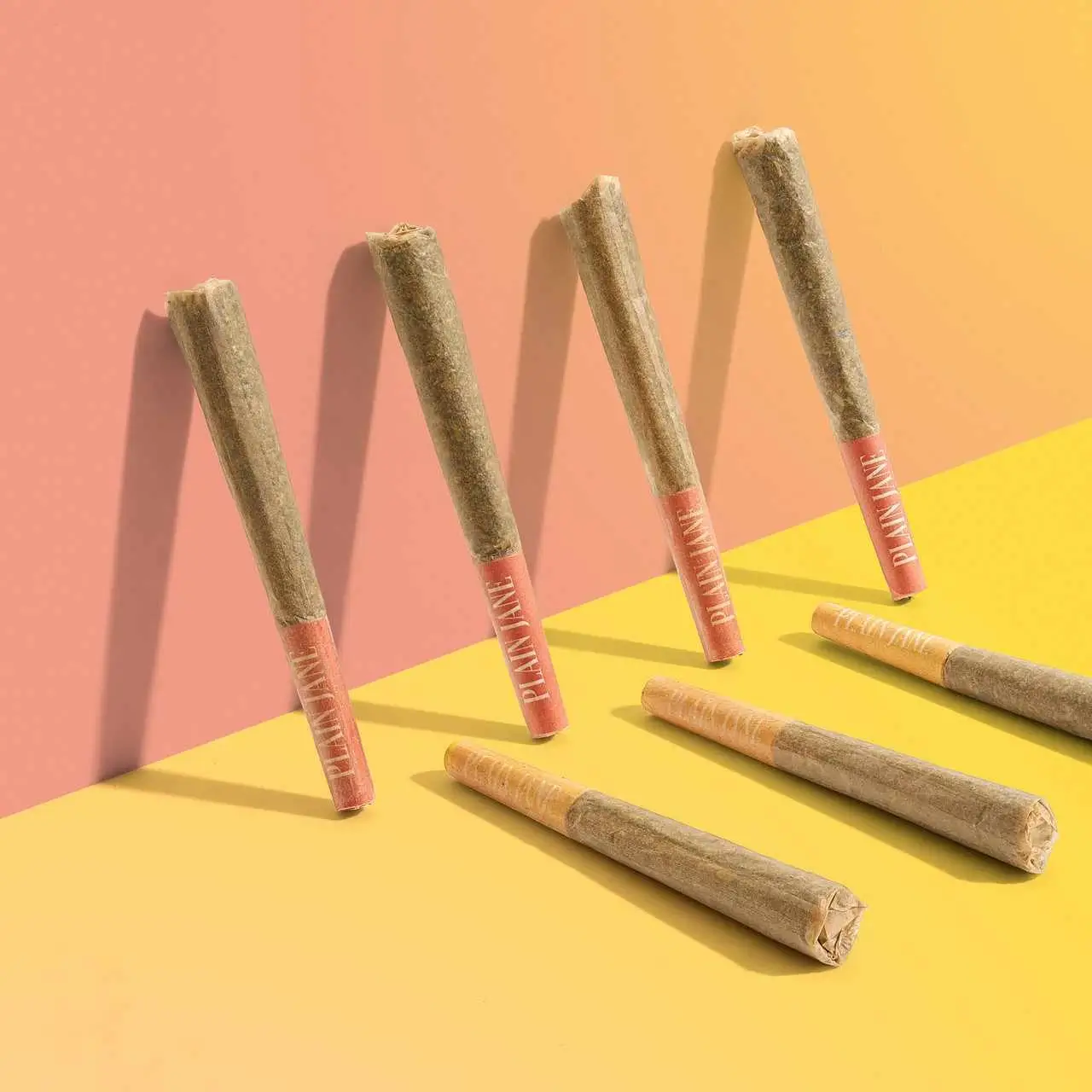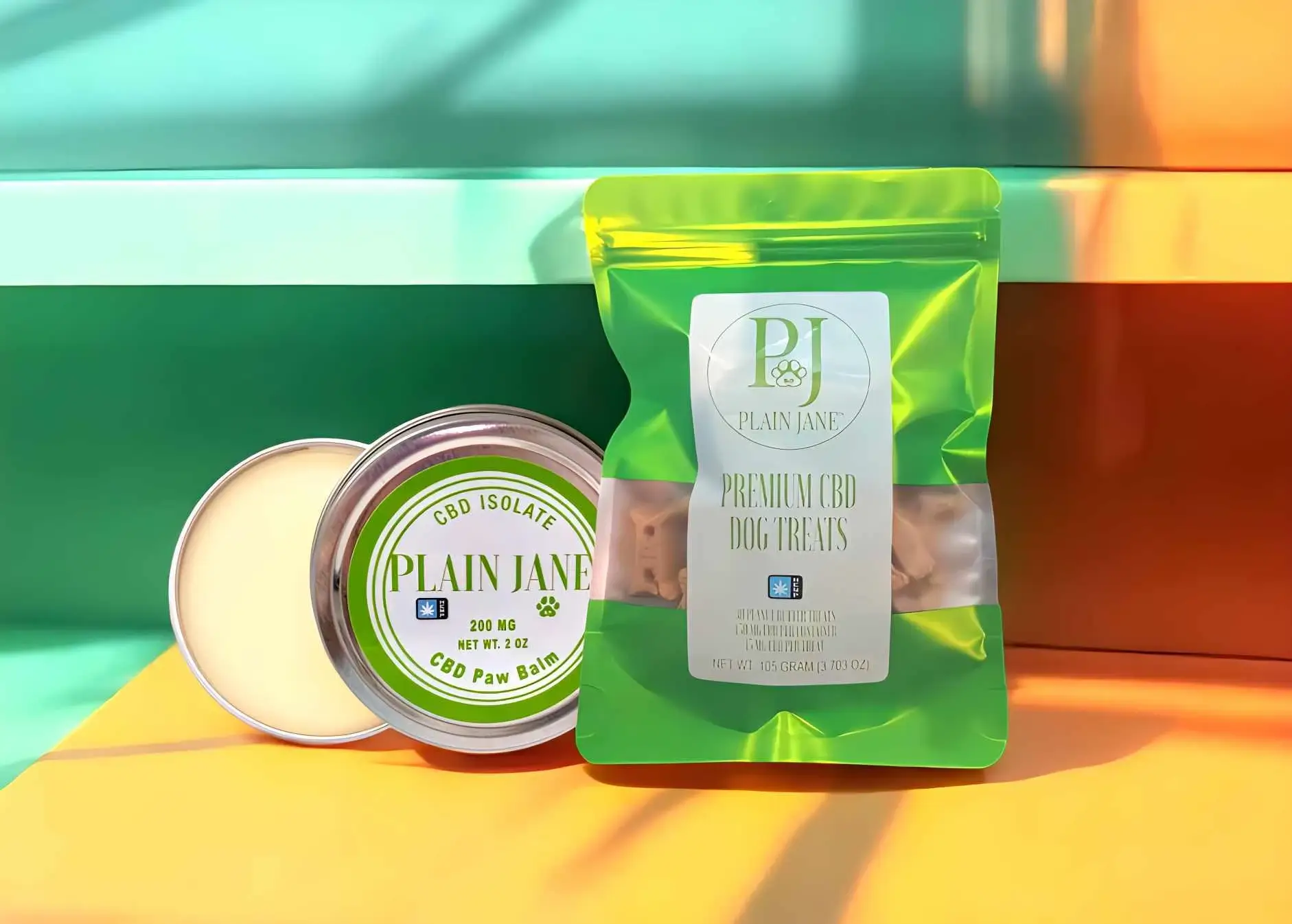When buying anything — from shoes to supplements — it helps to know your “why” and do some research first. The same goes for choosing a hemp-derived CBD tincture. Just because a product is popular or highly rated doesn’t mean it’s the right fit for your personal needs.
So, what should you keep in mind when picking out a CBD tincture? Here are a few key points to consider.
What’s in It? CBD, THC, or Both?
First, check whether your tincture is just hemp CBD or if it also contains THC. Under U.S. federal law, hemp CBD products must contain less than 0.3% THC. If you want to avoid THC altogether, look for broad-spectrum or CBD isolate products rather than full-spectrum ones.
Terpene Enriched or Plain?
Terpenes are natural compounds found in many plants — not just cannabis — and they contribute to aroma and flavor. Some CBD tinctures add extra terpenes for an enhanced experience. If you like a more “botanical” flavor or want to explore different terpene blends, check the product description for details.
Flavored or Unflavored?
Some people prefer a tincture with natural flavoring (like mint or citrus) to mask the earthy taste of hemp. Others like it plain. Think about your taste preference and how you plan to take it: directly under the tongue, or mixed into food or drinks.
How Much CBD per Dose?
Always read the label for potency. A tincture will list total milligrams of CBD in the bottle and often give you an approximate amount per dropperful. This helps you measure your serving size consistently.
Extraction Method — Does It Matter?
CBD can be extracted in a few different ways, including CO₂ extraction, ethanol, or newer techniques like nanoemulsion (which creates a water-soluble product). Many people prefer products from brands that disclose their extraction process and share third-party lab results for transparency.
Understanding Cannabis Ratios
You might see tinctures labeled with ratios like 1:1, 4:1, or 8:1. These indicate the ratio of CBD to THC:
1:1: equal parts CBD and THC; usually means more noticeable THC effects.
4:1: more CBD than THC; lower likelihood of strong psychoactive effects.
8:1: high CBD with very low THC.
Always read labels and local regulations, as some ratios may not be legal in every state.
Breaking Down CBD Spectrums
CBD tinctures typically come in these options:
Full Spectrum: includes the plant’s cannabinoids, trace THC, terpenes, and other compounds.
Broad Spectrum: similar to full spectrum but with most THC removed.
Isolate: pure CBD, with other compounds removed.
Nano: uses technology to make CBD water-soluble for easier mixing.
Each type has its fans, so experiment within what’s legal and fits your comfort level.
Common Terpenes in CBD Tinctures
While there are thousands of terpenes in nature, hemp tends to contain a handful you’ll see often on tincture labels. A few examples include:
Myrcene: known for its earthy scent.
Linalool: floral, lavender-like aroma.
Humulene: woodsy or spicy scent.
Limonene: bright citrus fragrance.
These contribute to the taste and smell — and many people enjoy experimenting to find their favorite terpene profiles.
Final Thoughts
Before you click “add to cart,” take time to understand:
✅ What spectrum fits your needs
✅ Whether you want added flavors or terpenes
✅ How much CBD per serving works for you
✅ The brand’s transparency (always look for lab reports!)
When you know your “why,” you can match your tincture to your preferences and lifestyle — instead of just following a trend.










0 comments